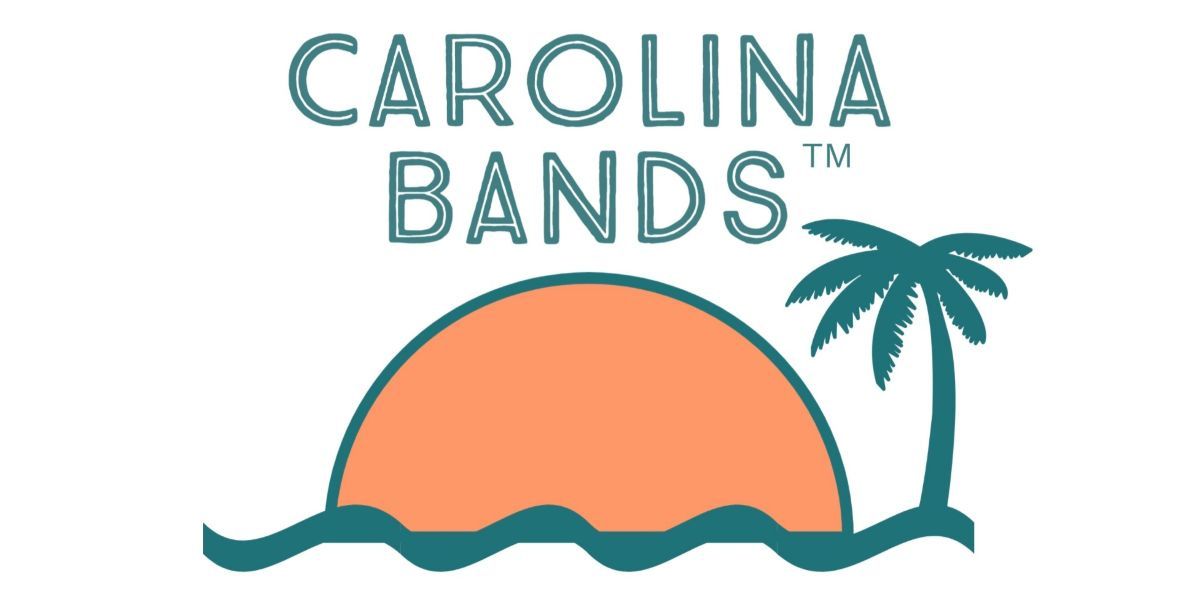Portugal’s southern coastline attracts over 7 million visitors per year. They are drawn by its rugged cliffs, golden beaches, fresh seafood, and lively nightlife. The Algarve, among other popular destinations, becomes crowded with tourists during the summer months. There are many hidden gems scattered along the shore. Travelers seeking a more authentic experience away from the crowds can find them there.
Lagos: The Hidden Algarve Gem
Most travelers visit the Algarve and head straight to the bustling port city of Faro or the summertime party destination of Albufeira. Seeking charming coastal villages off the beaten track need only travel west to discover Lagos.
Lagos is encircled by continuous sandy beaches and golden stone walls. It emerged as an important maritime port during the Age of Discovery in the 15th century. Today, visitors can wander the winding cobblestone streets and admire historic churches, forts, and buildings. These buildings bear traces of Moorish, Manueline, and Renaissance architectural styles from bygone days of glory.
In addition to its well-preserved old town, Lagos also offers access to the stunning Ponta da Piedade headland. Rugged cliffs, carved and eroded by the sea and time, create a breathtaking vista. The vista includes sandy coves, massive limestone stacks, and deep azure grottos. Visitors can explore this natural wonder on foot via cliffside trails, by small wooden boats, or even via Portugal travel packages.
Lagos lacks big-name resorts and rowdy bars, offering instead a quintessential Algarve experience focused on heritage and nature. Instead, it offers a quintessential Algarve experience focused on heritage and nature. Outdoor enthusiasts can enjoy water sports, coastal hikes, and dolphin watching. History buffs can absorb vestiges of Portugal’s Age of Exploration. Lagos is the hidden gem of the Algarve. Charming locals and mouthwatering seafood eateries round out the experience.
The Surfer’s Sanctuary – São Torpes
The coastal village of São Torpes is tucked away on the western end of the Algarve region. It receives a fraction of the visitors that flock to busier beach towns. São Torpes has an average of 300 sunny days per year. This makes it ideal for surfing and beachgoing year-round.
São Torpes boasts over 7 kilometers of spectacular sandy beaches that are surrounded by dramatic reddish cliffs. It is one of the only Blue Flag beaches in southwestern Portugal. It combines a pristine shoreline with excellent water quality. The beach sees most visitors during July and August but remains uncrowded compared to nearby options.
While in São Torpes, travelers can
- Catch waves at the famed Anchor Point surf reef
- Hike the scenic coastal trail to secluded Praia do Amado beach
- Sample grilled sardines at family-owned Café Maré Alta
- Stay at the new eco-friendly Goodspot Hostel São Torpes
São Torpes offers sanctuary for surfing aficionados, nature lovers, and solitude seekers alike, amidst its sea, sun, and sand.
Coastal Charm Beyond Compare – Vila Nova de Milfontes
Further east along the coast, Vila Nova de Milfontes charms visitors with its picturesque setting at the mouth of the River Mira. Vila Nova de Milfontes is surrounded by conserved parkland and over 20 kilometers of pristine shoreline dotted with hidden coves and secluded beaches. This setting offers coveted tranquility against a breathtaking natural backdrop.
The town itself is a labyrinth of narrow, cobbled lanes. They are lined with whitewashed houses topped with terracotta roofs in the Moorish architectural style. Flowering vines cascade over stone walls, filling the sea air with floral perfume. The prominent Main Church lies at the heart of town. Its towering cliffs and impressive fortress walls hint at the town’s strategic military importance over the centuries.
Beyond relaxing beach days, adventure seekers can also
- Kayak along the river ways to explore hidden tidal islands only accessible by water
- Hike the rugged cliffside trails to the historic Forte de São Clemente, a 17th-century coastal defense fort
- Try windsurfing or kitesurfing on unspoiled Franquia Beach. It’s famous for its wind tunnel shape creating ideal conditions.
- Go dolphin and whale watching. Species like bottlenose dolphins, harbor porpoises, and fin whales frequent the waters.
When the sun goes down, Vila Nova de Milfontes still dazzles. It has a collection of cozy seafood eateries, candlelit wine bars, and spirited fado houses. These are tucked away on side streets. Savor authentic Portuguese fare like cataplana de peixe, a flavorful seafood stew baked in a copper pan. Listen to soulful fado singers recount nostalgic tales of the sea through music.
Vila Nova de Milfontes has wild coastlines, enchanting hideaways, delectable cuisine, and musical magic. It casts an unforgettable spell upon its visitors, keeping them coming back.
Where History Meets Tranquility – Troia Peninsula
On the northern bank where the Sado River meets the sea sits the Troia Peninsula. It’s a thin spit of land with 10 kilometers of private beaches, but no major resorts or developments. In sharp contrast with the vibrant resort atmosphere of the Algarve, Troia Peninsula provides a peaceful escape surrounded by nature. The sound of birds and rustling leaves replace traffic and city noise.
The EU’s Natura 2000 program designated the peninsula as a nature reserve. It contains diverse ecosystems, such as dunes, pine forests, and marshes. This protected status has preserved the native wildlife. Species like shore larks, gray herons, water voles, and Portuguese water dogs inhabit the peninsula.
Beyond relaxing on empty stretches of beach, visitors can explore remnants of Portugal’s ancient past. They can find historical sites dating back to the Roman Empire there. Ruínas Romanas de Troia contains the excavated foundations of a prosperous fish salting factory from the 1st century AD. The factory processed and exported fish products across the Roman Empire. Boca do Rio archaeological site transports visitors back in time with its ancient salt mines shared by Romans and Moors over 2,000 years ago.
Travelers can access Troia Peninsula via a short 10-minute ferry ride from Setúbal across the Sado River. While accessible, the peninsula retains its atmosphere of isolation and serenity. The Troia Peninsula balances convenience with seclusion. It offers deserted beaches and ruins waiting to be discovered, along with comfortable lodging options.
Bohemian Oasis – Comporta
The coastal village of Comporta is south of Troia, off the beaten path. It’s known as the bohemian oasis of Portugal thanks to its rustic-chic atmosphere. This charming hamlet is surrounded by undulating rice patty fields in hues of green and gold. They cover over 12,000 hectares in total. The area’s superficial trendiness cannot overshadow its authenticity. It’s still home to local fishermen and rice farmers carrying on long-held traditions.
Picture-perfect whitewashed cottages dot the landscape. Many have been renovated into rustic-chic boutique hotels and villas, suiting the destination’s laidback vibe. The design-forward accommodations blend with their natural surroundings. They use local materials and embrace the outdoors.
Beyond lounging under swaying palms or combing endless stretches of pristine sanded beach, visitors can also:
- Stroll through golden rice patty fields via well-marked trails, stopping to take in panoramas or picnic under a cork tree
- Visit Carrasqueira village to experience an authentic Portuguese market. It showcases handmade crafts, fresh produce, flowers, and more.
- Sunbathe on unspoiled beaches facing the Sado Estuary with the Arrábida Natural Park mountains visible across the waters
- Shop for local artisan pottery, textiles, soaps, and more at charming boutiques in Comporta village
- Sip sunset cocktails at SEEN beach bar’s open-air lounge filled with oversized cushions and ambient music
Comporta tempts travelers with its carefree, endless summer allure, while still retaining its sleepy fishing village soul. Yet, this bohemian beauty still retains its sleepy fishing village soul. It is the perfect combination of luxury and authentic local culture.

FAQ’s
Do people speak English in these off-the-beaten-path destinations?
English is spoken in areas frequented by tourists, visitors should still brush up on some basic Portuguese phrases to immerse themselves. Understanding bits of the native tongue enhances interactions with locals.
What’s the best time of year to visit Portugal’s southern coast?
Spring, from March to May, and autumn, from September to November, bring mild weather. There are also fewer tourists compared to summer. Attending local festivals like Fat Tuesday celebrations or the Seafood Festival also highlights unique cultural traditions.
Are these destinations suitable for families?
Many allow children to roam freely while parents relax. Beaches often have gentle waves while secluded coves provide natural pools for swimming. Outdoor activities such as dolphin watching, and biking along oceanfront promenades cater to all ages and abilities.
Plan Your Off-the-Beaten-Path Adventure
Portugal lures visitors with popular destinations bursting with excitement and energy. Yet hidden beyond the fanfare awaits a stretch of understated coastline, wild and beautiful. São Torpes, Vila Nova de Milfontes, Troia, and Comporta each offer a different kind of adventure. You can surf big waves, stroll among ancient ruins, or relax by the beach. Choose your custom tour plan paradise and uncover Portugal’s captivating secrets.
Published By: Aize Perez









